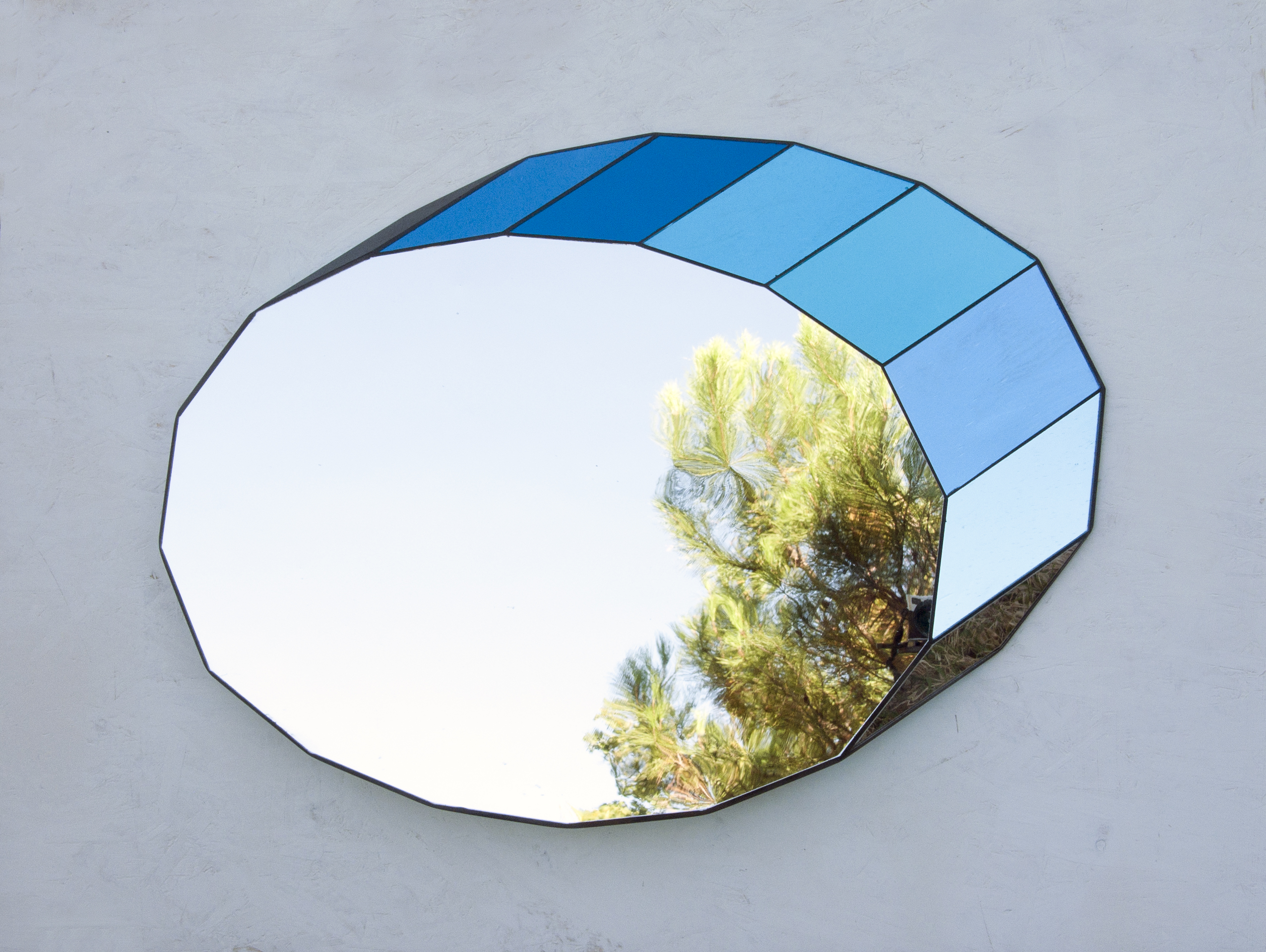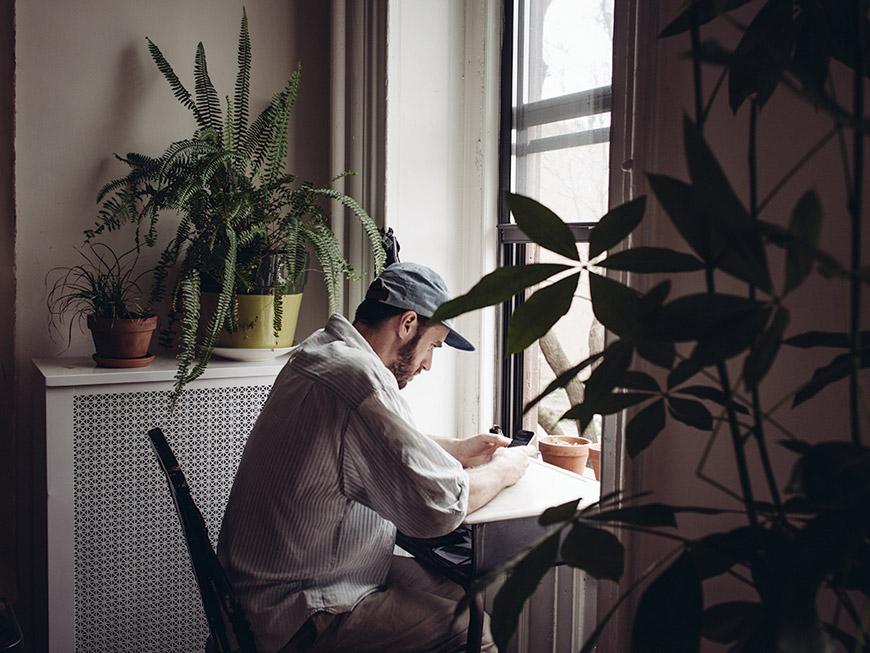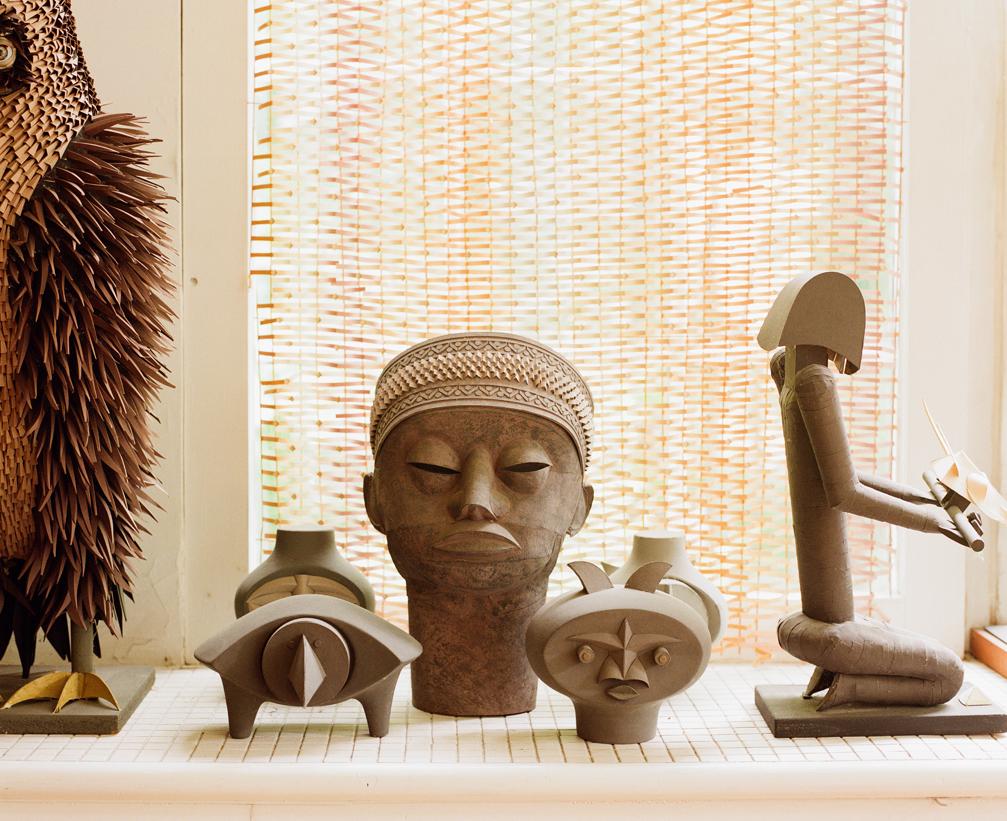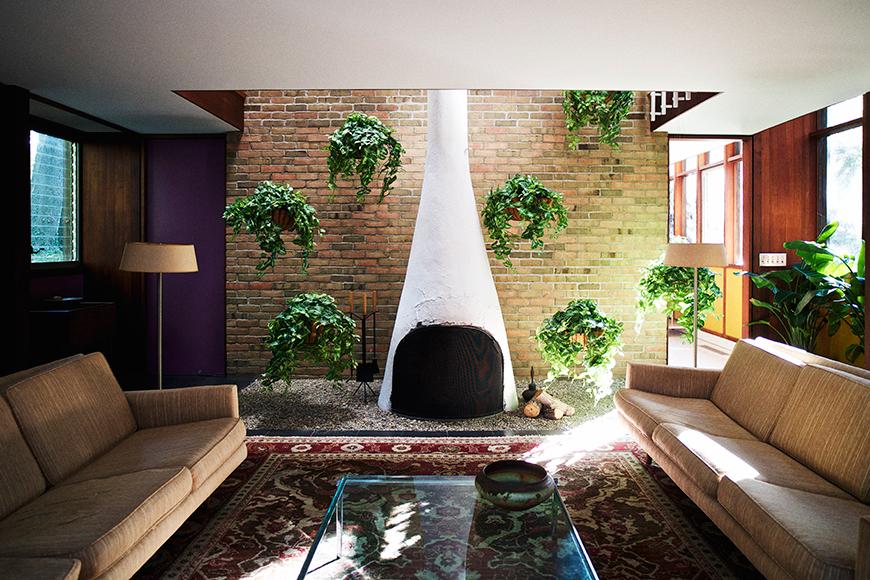
11.26.13
Sighted
George Nelson’s Kirkpatrick House on WHY
It’s hard to say, looking at the image above — with its freestanding kiln-like fireplace, its red-palette Persian rug, and its chic indoor garden — whether the interior featured is genuinely vintage or simply one of the excellent contemporary facsimiles that populate board after Pinterest board these days. But in some ways, that’s precisely the point. The interior above, featured this week on Herman Miller’s excellent WHY blog, was designed in the 1950s by George Nelson, and, like many of Nelson’s designs, it is as usable and contemporary today as it was half a century ago. Sure there are dead giveaways of the time period in other photographs — the weird stone living-room floor that looks almost like linoleum, the predominantly mustard-colored rug — but the essential lines of the wood and steel-frame structure make the place seem somewhat timeless. It helps that the house was recently meticulously restored by its current owner; it also doesn’t hurt that these images were taken by Sight Unseen contributor Paul Barbera, who has a knack for making any old thing look new and lovely. In any case, it’s a beautiful story, filled with many more photos and much more text than we’ve excerpted here. Read on, and the click through at the end for the full story.
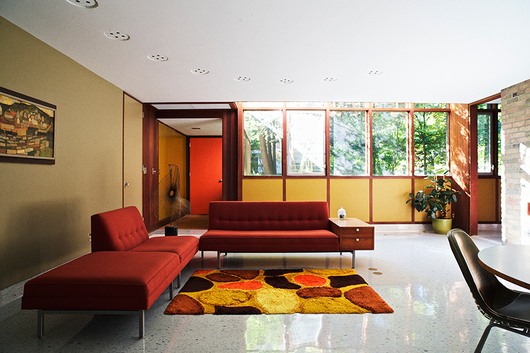
Text by Sam Grawe
“Sally and I are again toying with the idea of building a house,” begins a letter from James Kirkpatrick dated February 8, 1954. “You will recall that you looked over the rather grotesque plans that were made up for us by a local architect at some substantial cost,” he continues, “and I in turn recall that upon looking at the plans, you indicated they were not for us which we both certainly agreed with.”
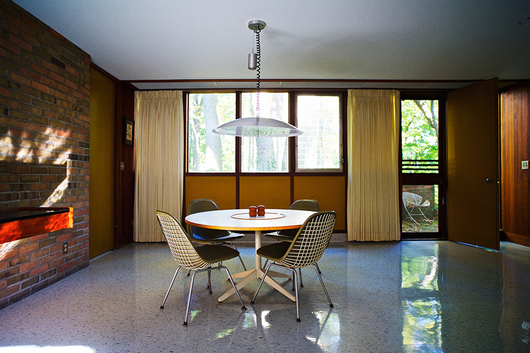
The recipient of the letter, and “you” in question, was none other than George Nelson, husband of Sally Kirkpatrick’s college roommate, Frances “Fritzi” Nelson. And so in this unassuming correspondence between family friends begins the story of a rather remarkable home. Over the course of the next four years, Nelson, along with his associate Gordon Chadwick, would execute a highly personalized design—a home tailored to the members and lifestyle of the Kirkpatrick family. This itself is not remarkable—it could be said of any architectural commission. What makes the Kirkpatrick House so special—then and now—are the universal qualities that transcend the specifics.
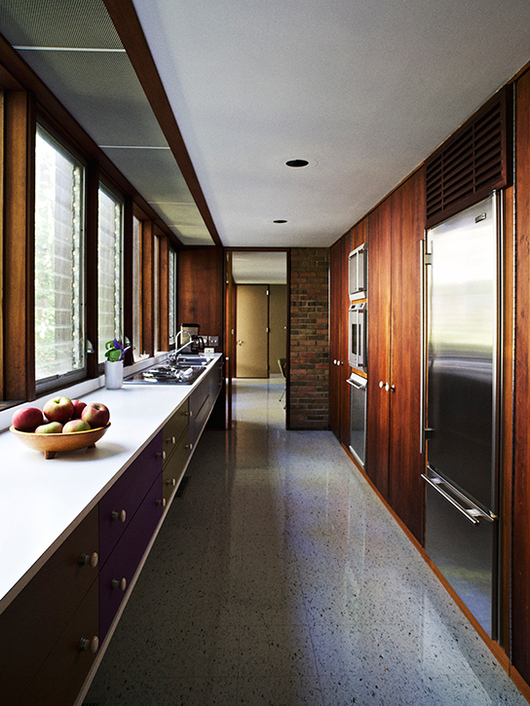
The best Nelson designs, be it a clock, chair, or in this case, home, share that same elusive trait. His view of design allowed for both modular system and mannerist quirk. As an “architect in industry” (as he categorized himself in the introduction to the 1948 Herman Miller Collection catalogue), Nelson was responsible for creating—and making salable—consumer goods. In the Kirkpatrick House, it becomes clear that this mentality affected his practice of architecture in equal measure. A product had to be unique to stand out in the market, but it also had to appeal to a wide array of people to be successful. Even in the execution of this private home for personal friends, Nelson’s brand of modernism embraces this duality fully.”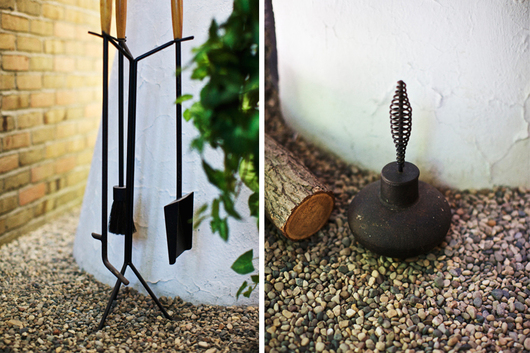
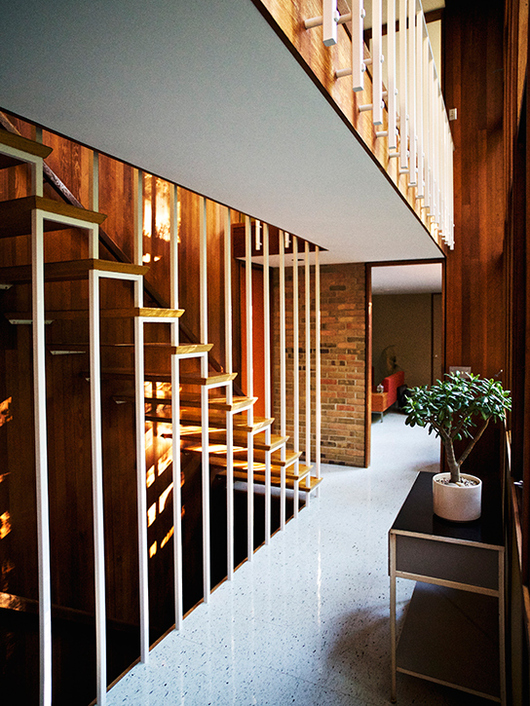
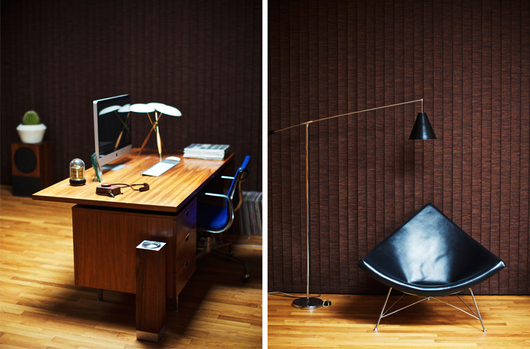
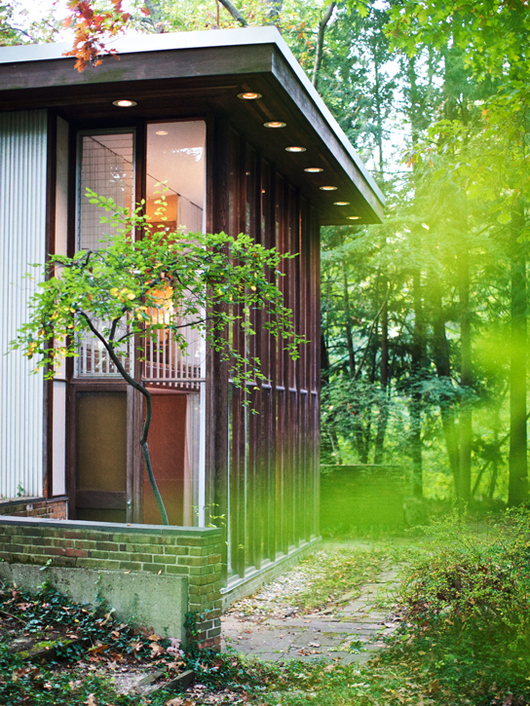
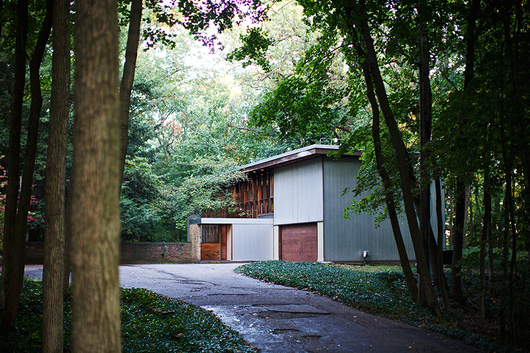
This content originally appeared on Herman Miller WHY. Click here to read the full story.
